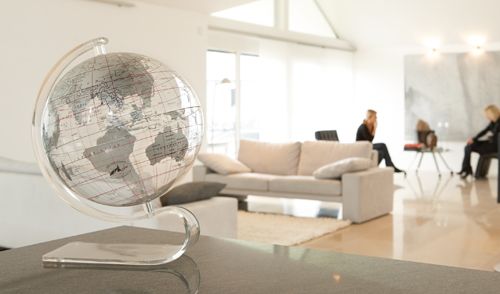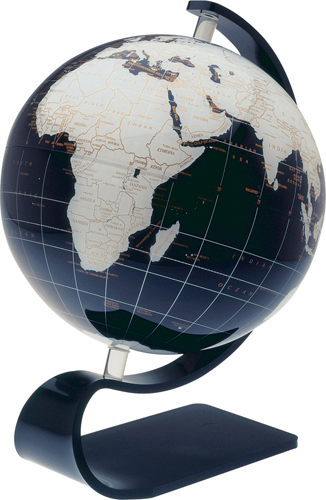It's the end of the month, and our famous June Gloom shows no signs of letting up. If you're planning a trip our way, bring a sweater!
It's much more temperate elsewhere in the Northern Hemisphere. England is enjoying 80º weather this Wimbledon week. Even Rio de Janeiro is ten degrees warmer than Santa Monica, and that's in the Southern Hemisphere.
On the proposition that it's got to be hot and sultry somewhere in the world at any given moment, we offer recipes for these fast, uncommon thirst quenchers, courtesy of hooch hotshot Derek Brown and The Atlantic's excellent food blog.
Easy Mixing: 5 Cocktails for the Lazy

I don't get the chance to be lazy too often. My workweek is frequently seven days long. Come Sunday afternoon I'm writing, preparing for an event, or responding to emails. Thankfully, I love what I do and, being that my job is what it is, I get to go out to bars and restaurants often. So it's not all that bad.
Yet the feeling of swinging in a hammock, beneath the fiery mid-day sun with an ice-cold drink sweating in the palm of my hand and the intermittent sips the only thing keeping me from melting in to a pile of flesh and bones, beckons as the summer advances. Being lazy feels good.
So while I usually caution readers to take care in crafting cocktails, this time I'm going to call for a different tact: be lazy. Below are some of my favorite drinks for the shiftless, idle and indolent. They go for simplicity and ease:
Let's start with the Cheribita. Supposedly a British invention in Spain, the Cheribita doesn't even require you to lift a full bottle. Buy a half bottle of fino sherry (dry sherry) and a bottle of orange bitters. Pour sherry over ice and add two dashes of bitters. Stir with your finger.
The Dark and Stormy is the national drink of Bermuda. The hardest part of making a Dark and Stormy is finding ginger beer. (Barritts is from Bermuda and is the ginger beer most commonly called for.) Leave off the lime and mix at two to one, ginger beer to Goslings Dark Rum. Add ice. Done.
White Port and tonic is a Portuguese favorite. Mine too. The tonic balances the sweetness of the Port and makes an easy blend at almost any ratio. Pour the Port over ice and top with tonic. Ah, summer.
The Ice Pick is genius. It mixes vodka with ice tea, so you can tell your significant other that it's just ice tea, and you'll get back to Sunday afternoon chores after a short break. Don't bother eyeing or measuring. Make a pitcher of tea. Pour vodka to taste. Avoid heavy machinery.
The Rickey is a drink you're going to hear a lot about from me. It's Washington, D.C.'s native cocktail. You can use any spirit you wish (gin is the most popular). Pour in a shot. Squeeze half of a lime and drop it in the glass. Add ice and soda. Kick back and feel the breeze.
Enjoy.















